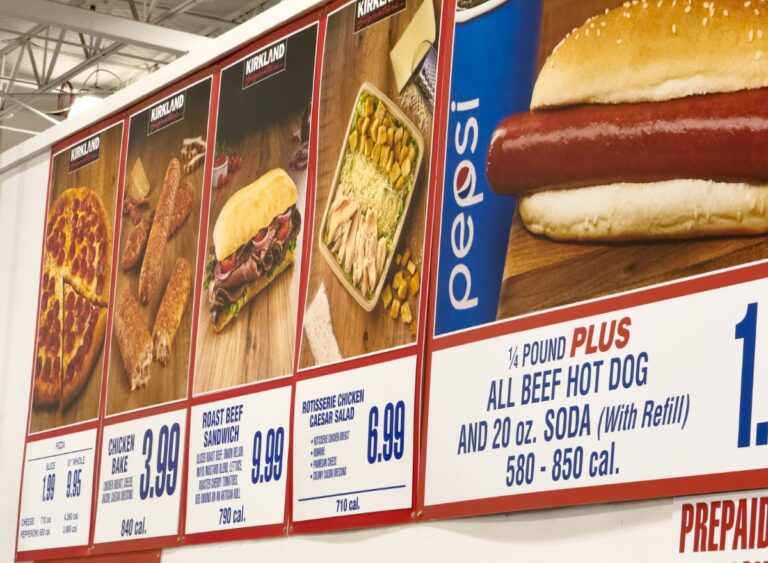In this video, I cover my transformation from lean to shredded – in just 6 weeks. This was possible with something called a “mini cut”. Here, I’ll explain the science behind what is a mini cut, why it’s so effective to help you lose fat faster (yet difficult for people to stick to), how I modified my diet and training to make it easier, and what I did afterwards to maintain my mini cut results. By the end, you’ll know exactly how you can implement them to lose fat quickly, and keep it off.
What is a mini cut? With mini-cuts, you aim to lose around 1-1.25% of your bodyweight per week – for a total of anywhere between 4 to 6 weeks. The idea with this is that you’re able to quickly lose fat without the muscle loss and fatigue that would occur if you had extended it any longer. That said, the problem with mini-cuts is that they’re hard to stick to. And, even if you do manage to stick through it, because of the changes your body experiences during the mini-cut it makes it very easy to re-gain the fat you lost as soon as you’re done. I’ll show the exact tweaks I made to my workouts and diet to make the mini-cut easy to stick to and what I did afterwards to ensure the fat I lost stayed off so that you can do the same.
Let’s start with workouts. For weights, prior to the mini cut, I was lifting 5 times a week using the 5 day workout split from my Built With Science Intermediate program. However, an aggressive calorie deficit now means I have much less fuel to energize my workouts and support my recovery. This can quickly lead to excessive fatigue and strength loss. To avoid this, I switched to a 4 day workout split from my Built With Science Intermediate program and removed 1 set from every single exercise in the routine.
As for cardio, prior to the mini-cut, I was on average taking 10,000 steps a day and doing two 20 minute HIIT per week. My approach during the mini-cut was to further increase my overall activity to burn more calories everyday rather than have to rely solely on eating less calories to achieve my goal deficit. I decided to do two things to lose fat faster. First, by taking more walks throughout the day and making frequent use of this under desk treadmill at my office. Second, I replaced my two 20 minute HIIT sessions with something much easier to recover from, light cycling for 30 minutes 3-4 times a week.
Now, dietary tweaks I made during my lean to shredded transformation process. During the mini-cut I dropped my calorie intake by 25% to around 1,900 calories. To make this sustainable, I was strategic in what specific foods I’d be eating less of. to cut calories from my diet while ensuring I still had enough carbs for energy and enough protein to maintain my muscle, I reduced my fat intake close to that minimum amount rather than considerably dropping my carb and protein intake. In addition to this, I strategically timed the ingestion of my carbs to best fuel my performance and recovery. As for coping with hunger and cravings, I made simple food swaps that kept me full and enabled me to eat pretty much the same meals as I was before the mini-cut, but now with far less calories. To help me resist temptations during the day and curb my cravings at night, I always made sure that I had some kind of tasty yet low calorie dessert.
However, although these dietary changes were key to helping me quickly and sustainably lose fat throughout the 6 weeks, it’s what I did after that helped me keep my mini cut results and is where most people mess up. Why? The first has to do with your metabolism. There is also data to suggest that lower levels of activity make regulating hunger more difficult, making it easier to overeat after a diet. So, because you can expect that your new maintenance calories may be slightly lower by one or two hundred calories, remain active by doing things you enjoy and can sustain, and keep a close eye on your bodyweight. Your weight will initially increase by a lb or two mostly from water due to the increase in food you’re eating, but it should stabilize shortly after and is an indication that you’ve found the right balance.
Now guys, keep in mind that mini-cuts are exactly what their name implies – mini. They are NOT a long-term, sustainable solution. It’s short and aggressive for a reason as they quickly become unsustainable if continued for too long. But when used properly, they are effective. And for those who need more guidance on exactly how to train, how to eat, and how to execute a sustainable plan to transform your body, take the analysis quiz to discover which science-based program would be best for you and where your body is currently at below:
https://builtwithscience.com/your-potential-realized/?utm_source=YouTube&utm_medium=Video&utm_campaign=How+I+Lose+A+LOT+Of+Fat+In+6+Weeks+%28Mini-Cuts+Explained%29&utm_term=10%2F10%2F2021
UNDER-DESK TREADMILLS:
Subscribe to my channel here:
https://www.youtube.com/jeremyethier/?sub_confirmation=1





















